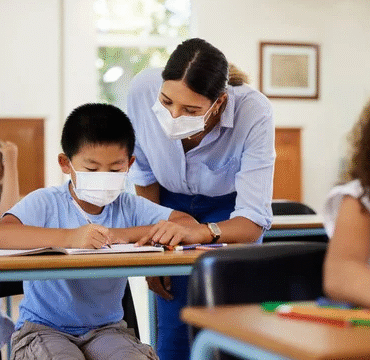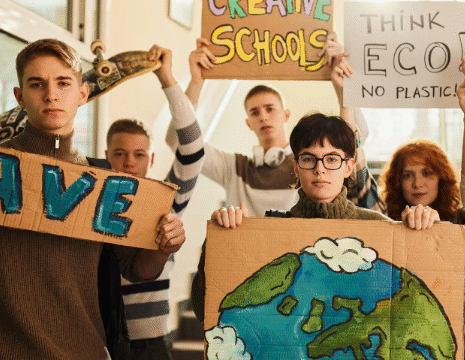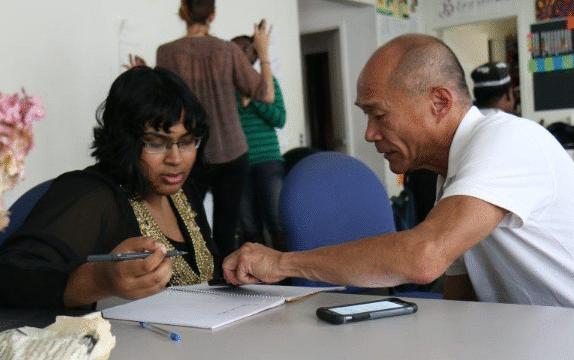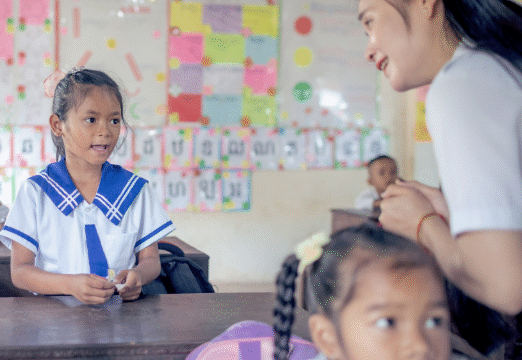Education is often described as a bridge to opportunity,
yet in many parts of the world, that bridge is still under
construction. For children and adults living on remote
islands, access to schools, teachers, and learning materials is not always guaranteed. These communities are surrounded by water but often isolated from the resources that more connected regions take for granted. Bringing education to remote islands is about more than building classrooms; it is about building hope, resilience, and opportunity.
Life on an island can be peaceful and beautiful, but it can also present challenges that affect learning. Many island communities are separated from the mainland by hours of boat travel. Weather conditions can make journeys unpredictable, and natural disasters like storms and flooding can cut off access for days or weeks at a time. Some islands may only have a handful of families, which makes it difficult to support a traditional school system. Teachers may be reluctant to live in isolated places without reliable healthcare, internet, or transportation. These realities create barriers that make the promise of education harder to fulfill.
Despite these challenges, many inspiring initiatives have shown that education can reach even the most distant shores. One important approach is the development of mobile schools and floating classrooms. In countries where many people live on islands, boats equipped with teachers, books, and computers travel from one community to another, delivering lessons wherever children are gathered. These floating schools turn the ocean from a barrier into a pathway for knowledge. They also make it possible for children who would otherwise miss school to learn consistently without needing to leave their home island.
Technology is another powerful tool that helps overcome isolation. Satellite internet and solar-powered devices are changing the way education reaches remote learners. With a tablet or laptop, a child can connect to a teacher hundreds of miles away. Online lessons allow students to participate in live classes or watch recorded sessions at their own pace. While connectivity may still be a challenge in some regions, creative solutions such as offline digital libraries give students access to thousands of books and videos without the need for constant internet. These resources can be updated periodically when devices are brought back to the mainland.
Local participation is also essential in making education sustainable. Communities on remote islands often know best what their children need, and involving local leaders and parents makes projects more successful. Training local residents as teachers or teaching assistants is a practical way to ensure continuity. When educators are part of the community, they are more likely to stay and adapt lessons to the local culture and language. This approach not only helps children learn basic subjects like reading and math but also preserves traditions, crafts, and stories that form an important part of island identity.
Government support and international partnerships play a crucial role in scaling up these efforts. National policies that prioritize inclusive education can provide funding for teacher training, scholarships, and school infrastructure. At the same time, organizations around the world contribute by donating learning materials, developing digital platforms, and sharing expertise. The collaboration between local communities, governments, and global partners creates a stronger foundation that ensures children on islands are not left behind.
Education on remote islands is not only about children. Adults benefit greatly from continuing education programs, literacy initiatives, and vocational training. Fishing communities, for example, may need updated knowledge on sustainable practices or access to market information. Women who have not had the chance to attend school when they were young can gain new opportunities through literacy classes or small business training. By supporting lifelong learning, education empowers entire communities to adapt to modern challenges and improve their quality of life.
One of the most inspiring aspects of bringing education to remote islands is the creativity and determination it inspires. In some places, teachers travel by canoe or small boat every day to reach their students. In others, lessons take place under trees, on beaches, or in community halls until proper classrooms can be built. Children often show remarkable resilience and motivation, eager to learn despite the obstacles. Their enthusiasm reminds us why these efforts matter so much.
The long-term impact of education on islands is significant. When children learn, they gain the skills to improve healthcare, create businesses, and protect their environment. Islands often face unique challenges related to climate change, such as rising sea levels and stronger storms. Education provides young people with the knowledge to address these issues through science, technology, and community leadership. By learning both modern skills and traditional wisdom, they can create sustainable solutions for their future.
Another important benefit is the connection education builds between remote islands and the wider world. Through digital learning, students can communicate with peers in other regions and share their experiences. These exchanges broaden horizons, reduce feelings of isolation, and foster a sense of global citizenship. For children who may never leave their island, education becomes a window to the world, showing them that they are part of something larger.
Bringing education to remote islands requires patience, investment, and creativity, but the results are deeply rewarding. Every child who learns to read, every adult who gains new skills, and every teacher who chooses to stay makes a difference. The efforts to provide access are a reminder that education is not a privilege but a right. Ensuring that even the most isolated communities have the tools to learn is part of building a more fair and connected world.
Looking ahead, new technologies and stronger networks of cooperation hold great promise. As renewable energy, affordable internet, and innovative teaching methods continue to spread, remote islands will no longer seem so far away from opportunity. With continued attention and support, the future can be one where no child’s dreams are limited by geography.
Education is the tide that lifts all boats. When it reaches remote islands, it does more than teach lessons; it opens doors, nurtures hope, and strengthens communities for generations to come.






